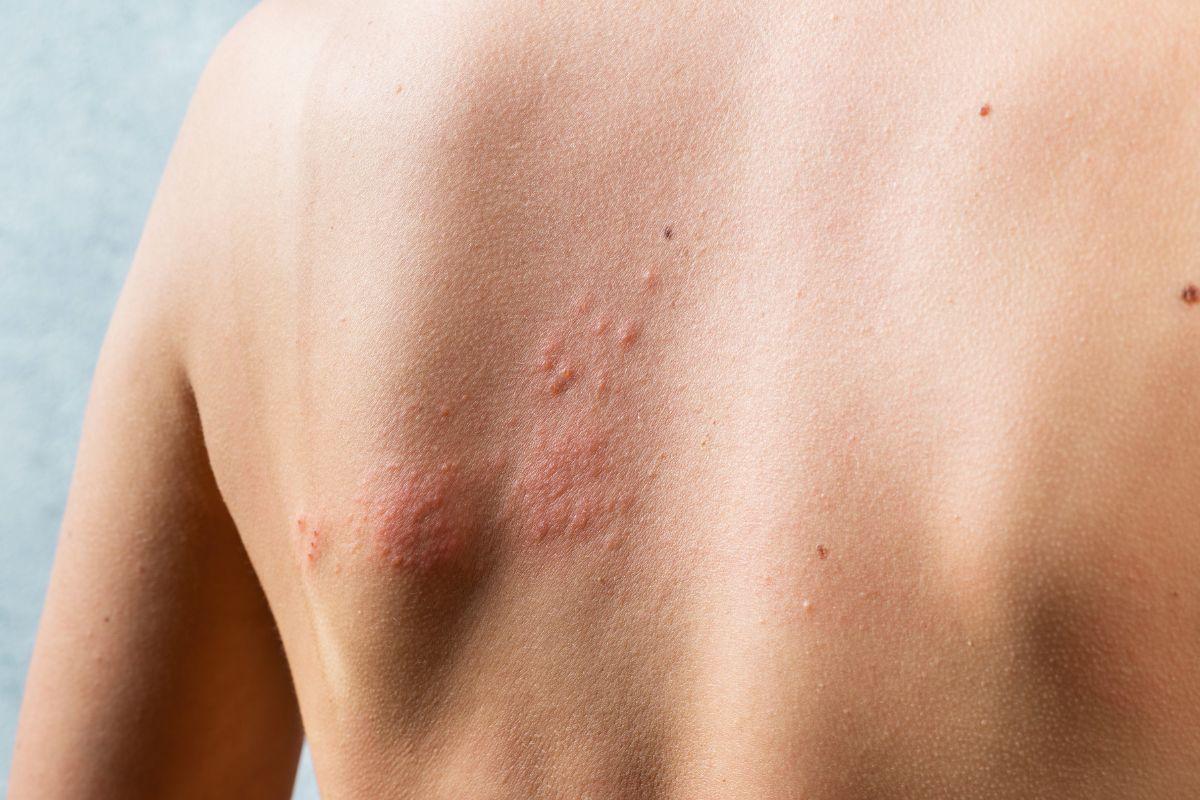Written by The Face Surgeons for Doctify
There are many reasons to want to surgically alter your appearance. It may help you reclaim lost self-esteem – or gain it for the first time. It could improve a disfigurement or birthmark or repair some of the damage from an accident. It might be simply that you were born into a body that isn’t the right gender and surgery can be used to correct that and help with transitioning.
The first ever report about gender confirmation surgeries by the American Society of Plastic Surgeons shows that the number has risen by 20% in recent years. This includes facial contouring. But what is involved in the facial feminisation process? The Face Surgeons are here to tell us.
What is facial feminisation surgery?
Facial appearance varies between males and females and female feminisation surgery is a term encompassing a range of surgical procedures available to feminise male features.
Having undertaken both craniofacial and cosmetic fellowships I am ideally trained to undertake all the facial surgery procedures involved in this type of surgery.
The main differences between men and women are in the shape of the forehead and in the shape of the jaw and chin. Surgery for female feminisation will usually address both of these issues.
What is involved in forehead surgery?
This surgery is usually undertaken via incisions inside or just at the anterior edge of the hairline. By undertaking this surgery through a wide incision over the top of the head the appearance of the upper 1/3 of the face can be addressed in a number of ways:
- Reduction of frontal bossing – The bone of the skull of the forehead is known as the frontal bone. In the lower part of the forehead the frontal bone splits into two and these separate to form an airspace known as the frontal sinus. The back wall of this bone separates the upper part of the eyes and the nose form the contents of the cranium (the brain). However the front wall of this sinus can enlarge quite considerably in males to produce a prominent forehead appearance (frontal bossing). Surgery to feminise the forehead may involve either simply reducing or reshaping the forehead by burring the bone down. However more commonly the best result is obtained by removing and repositioning (setting back) the anterior wall of the bone of the frontal sinus. This does not involve the posterior wall and therefore does not involve direct communication with the brain.
- Brow lifting – the female eyebrow is higher and more arched than the male eyebrow and a brow list will make a significant difference in appearance to the male face. This surgery is usually undertaken at the same time as the forehead and orbital rim reshaping. In order to fix the brows into their new position an anchor or resorbable fixation device – endotine may be used.
- Hairline lowering, scalp advancement – the male hairline is often higher than the females and this tends to get worse as you get older. If an incision is made at just at the front of the hairline this allows some of the forehead tissue to be removed and hence lower the hairline.
- Reshaping of the bone of the orbital rim to widen the eye sockets – this surgery is undertaken through the same incision as the forehead reshaping and will open up upper part of the eye sockets to produce a more feminine shape.
What are the risks of upper face surgery?
Bruising and swelling of the upper face and around the eyes can last 2-3 weeks following surgery and I would suggest that this time is spent recuperating rather than working. After this period you will still notice gradual changes as the final swelling settles. Complications of any surgery include bleeding and infection. Specific to this type of surgery are possible hair loss at the scar site this is usually temporary but in some cases can be permanent, numbness of the forehead and scalp which is usually temporary to the forehead but there may be some permanent numbness of small areas of the scalp.
Everybody has an asymmetric face and following surgery some asymmetry may be noticed. As you continue to age the natural consequences of aging may produce some drooping of the brow again and you may wish further surgery later in life to improve this.
What surgeries are done one the jaw?
The female mandible (lower jaw) has distinct differences to the male mandible. The chin is narrower, more pointed and shorter in length. The jaw line is more refined in females and the angle of the jaw at the back is often less prominent.
Surgery to the chin and the jaw can change a masculine looking jaw to a more feminine appearance. Chin surgery will usually involve undertaking a genioplasty, which will allow the chin to be shortened and narrowed. The chin point can also be repositioned backwards or forwards if desired. Once the desired new shape of the chin has been achieved the bone is held in its new position with very small plates and screws. These are made from titanium and will not usually require removal. The bone of the chin will then heal in its new position to give you a permanent change to the shape of the lower face.
Mandibular body and angle reduction is surgery to reduce the fullness of the jaw line and the prominence of the angle of the jaw. All chin and jaw surgery is usually undertaken from inside the mouth leaving no visible external scars.
What is the recovery time?
Initial bruising and swelling will settle over 2-3 weeks but you will notice changes for a number of months after the surgery as the final swelling settles.
Infection is more common after surgery within the mouth because there are a number of bacteria in the mouth that do not occur on the skin or other parts of the body. Because of this it is important that before you have surgery you should have good oral hygiene and your dental care is up to date. I will arrange for you to have x-rays of your teeth and jaws prior to your surgery in order to advise if there is any dental treatment needed prior to your surgery. Following surgery you will have antibiotics and an antibacterial mouthwash to use while the wounds in the mouth are healing.
Also following surgery you may have some numbness of the lower lip and chin point. This is because the nerve to the lip and chin area runs through the jaw and exits the jaw through a small hole situated in the jaw in the region of the premolar teeth. This type of surgery may stretch the nerve causing some alteration in sensation. This is usually temporary, but may occasionally persist.
Are there other procedures that are part of facial feminisation?
Other procedures that can complement the forehead and jaw surgery include:
Nose reshaping
Lip reshaping
Cheek recontouring
Thyroid cartilage reduction
Fat transfer to enhance facial volume
Non surgical treatments such as Botulinum Toxin and dermal filler injections



